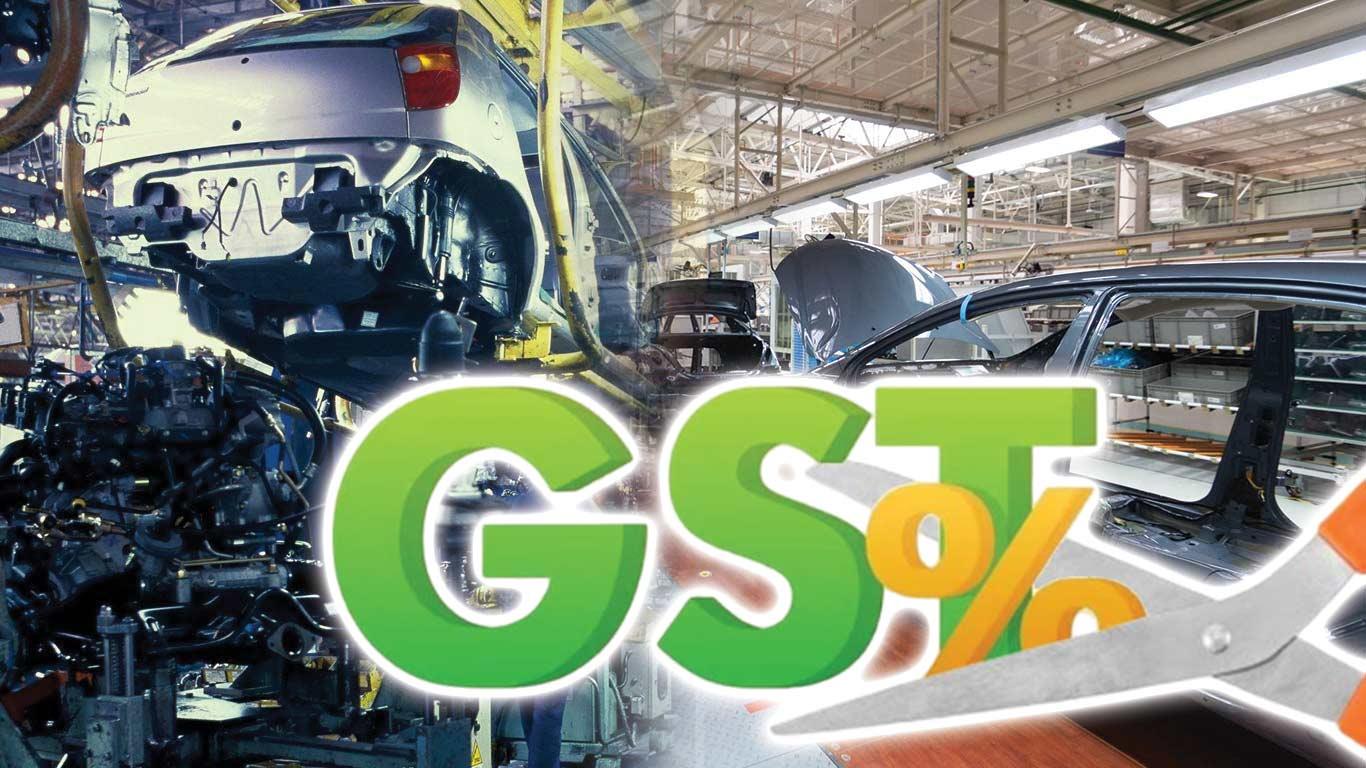Govt Cuts GST On Automobiles & Transport Sector To Boost Demand, Create Jobs
The move is aimed at rationalising taxation, improving demand, and supporting the broader manufacturing ecosystem.
The revisions cover two-wheelers, cars, buses, tractors, commercial goods vehicles, and auto parts.
The government has stated that lower tax rates are expected to boost demand across categories, strengthen the supply chain of ancillary industries, and generate employment opportunities both in the formal and informal sectors.
For the automobile sector, GST reductions apply across multiple segments.
Two-wheelers with engine capacity up to 350 cc now attract 18 per cent GST instead of 28 per cent, making bikes more affordable, especially in rural and semi-urban areas where they serve as primary transport.
Small cars have seen GST brought down from 28 per cent to 18 per cent, while large cars will now be taxed at a flat rate of 40 per cent without the earlier additional cess.
Tractors with engine capacity below 1800 cc will see GST reduced from 12 per cent to 5 per cent, while road tractors for semi-trailers above 1800 cc have been lowered from 28 per cent to 18 per cent. Tractor parts are also now taxed at 5 per cent.
Buses with seating capacity above 10 persons and commercial goods vehicles such as trucks and delivery vans will see GST reduced from 28 per cent to 18 per cent. Auto components used in the manufacturing of vehicles have also been rationalised to 18 per cent.
According to official clarifications, the reduced rates are expected to stimulate demand for vehicles and components, generating a multiplier effect across the automobile ecosystem.
The auto industry, which supports over 3.5 crore jobs, is likely to benefit from higher sales and fresh hiring in dealerships, logistics, component manufacturing, and ancillary services.
Informal sector workers such as drivers and mechanics are also expected to gain from increased activity.
The government has highlighted that lower costs of vehicles such as buses and trucks could reduce freight rates and passenger fares, encouraging wider adoption of public transport, supporting logistics efficiency, and reducing inflationary pressures.
Tractor affordability is expected to aid agricultural mechanisation and improve farm productivity, while cheaper small vehicles and two-wheelers may expand access to personal mobility and credit-driven purchases in semi-urban markets.
The rationalisation also extends to services related to goods and passenger transport.
The government has provided businesses with an option to choose between GST rates of 5 per cent and 18 per cent, with input tax credit benefits aimed at minimising cascading effects across the supply chain.
(KNN Bureau)
Legal Disclaimer:
MENAFN provides the
information “as is” without warranty of any kind. We do not accept
any responsibility or liability for the accuracy, content, images,
videos, licenses, completeness, legality, or reliability of the information
contained in this article. If you have any complaints or copyright
issues related to this article, kindly contact the provider above.
Most popular stories
Market Research

- Seoul Exchange, One Of Only Two Licensed Platforms For Unlisted Securities, Will Exclusively Use Story To Settle Tokenized Rwas
- Phase 6 Reaches 50% Mark As Mutuum Finance (MUTM) Approaches Next Price Step
- 0G Labs Launches Aristotle Mainnet With Largest Day-One Ecosystem For Decentralized AI
- Solotto Launches As Solana's First-Ever Community-Powered On-Chain Lottery
- Kintsu Launches Shype On Hyperliquid
- Blockchainfx Raises $7.24M In Presale As First Multi-Asset Super App Connecting Crypto, Stocks, And Forex Goes Live In Beta






















Comments
No comment